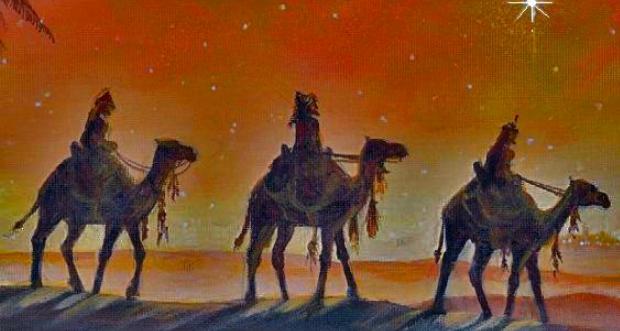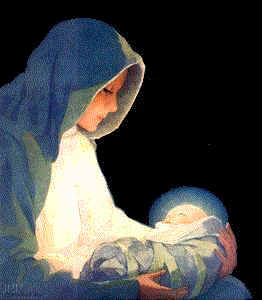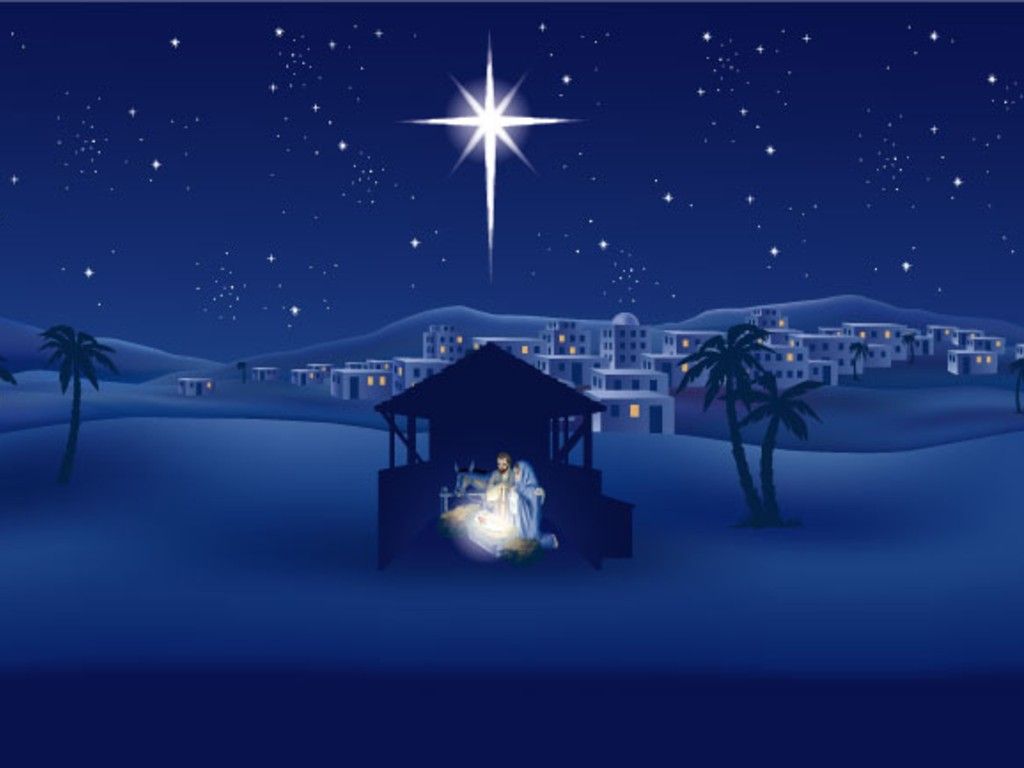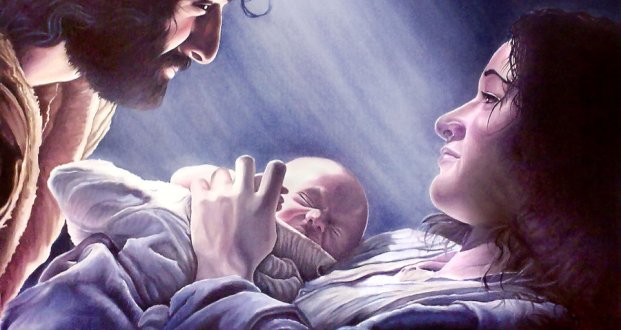We Three Kings

[simpleazon-image align=”right” asin=”B000YRNXV2″ locale=”us” height=”350″ src=”http://ecx.images-amazon.com/images/I/51ikpxDEv7L.jpg” width=”350″]The American Episcopal Priest, Rev. John Henry Hopkins Jr., composed both the lyrics and music for this beloved Christmas Carol in 1857, while living in Pennsylvania. It was originally composed, however, as a song for a Christmas pageant – a kind of church-based musical performance, which was first performed as General Theological Seminary in New York City. GTS is distinguished as the oldest Episcopal Seminary in the United States, and is still active and located in Manhattan. When reading the somewhat old-fashioned lyrics, the beginnings of the song in a play helps to make more sense of the lyrics and their style. For example, it explains why the opening lines identify who the singers are, presuming that they are just appearing on “stage” during the performance:
We three kings of Orient are
Bearing gifts we traverse afar.
Field and fountain, moor and mountain,
Following yonder star.
The famous chorus, sung after each verse, focuses rather on the story of the miraculous star that guided the three:
O star of wonder, star of night,
Star with royal beauty bright,
Westward leading, still proceeding,
Guide us to thy perfect Light.
Later verses develop the religious message of the song, honoring the traditional meanings of the three gifts, Gold, Frankincense, and Myrrh. The latter two are aromatic spices used in burning for scents in ancient medicine, and Myrrh was also an ingredient in anointing oil. The song interprets the Gold as a sign of Jesus as king, referring a crown:
Born a king on Bethlehem’s plain,
Gold I bring to crown Him again,
King forever, ceasing never
Over us all to reign.
One of the most common uses of incense in the ancient world (as well as in Christian religious services still today) is as a symbol of prayers rising upwards to God:
Frankincense to offer have I.
Incense owns a Deity nigh.
Prayer and praising all men raising,
Worship Him, God on high.
Myrrh was associated in the ancient world with spices used in preparation of the dead, and therefore the traditional meaning in Christian interpretation associates Myrrh as a symbol of the death of Jesus, an event central to His mission on earth:
Myrrh is mine: Its bitter perfume
Breaths a life of gathering gloom.
Sorrowing, sighing, bleeding dying,
Sealed in the stone-cold tomb.
The famous Christmas Carol then ends with a triumphant emphasis on the resurrection of Jesus, and therefore connects the Christmas and Easter celebrations in the Christian liturgical calendar and give the song a dramatic religious message about the entire life of Jesus:
Glorious now behold Him arise,
King and God and Sacrifice.
Alleluia, Alleluia
Sounds through the earth and skies.
The story of the visit of the Three wise men (also called the “Magi”) appears only the Gospel of Matthew, while the famous Shepherds (the subject of the Christmas Carol, “Hark The Herald Angels Sing”) appear only in the Gospel of Luke. Most Christmas presentations mix the two, as in the famous Nativity Scenes used throughout the western Christian world. The song, “We Three Kings”, however, draws on a very ancient Christian tradition of making up stories about these three visitors, and elaborating the story and its’ potential symbolic meanings in medieval church plays.






